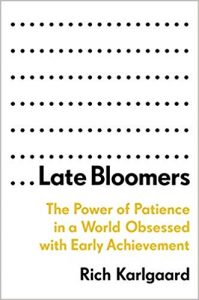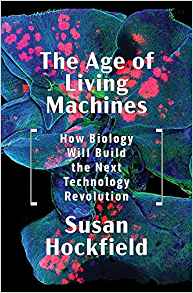The author delivered what he promised; I was hoping for more. He promised to share experiences and voices of those left behind, the ones he calls the “last row”. This he does
I would question his choice of subjects to interview in depth. He acknowledges people who are poor but reasonably well ordered and content but tends to give much more space to the real losers. In his defense, the author never tried to get truly representative samples. He started his “research” as a way to get to know things for himself and shares them. It is worth reading.
The author honestly airs his own prejudices. He is (or was) a well-educated, rich and privileged progressive atheist. He admits that he thought he did his duty to the less fortunate by voting in progressive ways, supporting higher taxes and occasionally tossing money in the general direction of the very poor.
There are a few surprising insights, although they make sense when you think about them. One is that the centers of society among the poor are churches and McDonald’s. Poor people do not much like to go to community centers or those various helping NGOs. They feel too much judged at these places.
The author was surprised the strong positive role religion played in the lives of the poor. He came to see it as instrumental in helping the poor and even came to question his own atheism.
In the end, the author provides no solutions, but he points to some of the prejudice progressives have. For one thing, they do not appreciate McDonalds or religion, but those are small things. The big thing is the belief in credentials and the overvaluing of things that can be easily measured in money or credentials. Educated and prosperous people have trouble understanding that some people just do not want to move to better jobs or do the things necessary to be successful in economic terms. They want to stay were they are for various community reasons.
The book is useful for the many stories he has learned from talking to real people. He was more than a tourist in these places. He spent literally years getting to know the tough neighborhoods and the people who just are not making it in today’s society. It is a world few people who read the book will really experience.
There are many books being written about the need for community. This is one of them, but it is different from others like “Alienated America” or “Third Pillar” in that it talks more about the very poor and disordered parts of society. “Dignity” is more personal, but also more hopeless. For many of the people profiled, I just could not think of any way out and neither could the author. He says in the first part that the only way most people get out of these predicaments is to get arrested or die. He provides no more hope at the end, except to say that if we talked to the more unfortunate and treated them with dignity, it might be better. And maybe this book will help us notice people we so easily overlook.

audible.com Dignity Check out this great listen on Audible.com. “Candid, empathetic portraits of silenced men, women, and children.” (Kirkus) Widely acclaimed writer and photographer Chris Arnade shines new light on America’s poor, drug-addicted, and forgotten – both urban and rural, blue state and red sta… 1









